Inspiring A Writer—Jane Austen’s Dragons! part 2

What goes into inspiring a writer? You might be surprised how much research it takes to come up with mythical creatures!
As I mentioned last week pondering Uther Pendragon’s story gave me inspiration for the Blue Order, the group of humans and dragons who oversee the peace treaty and the affairs of British dragons and their Keepers. But who were these dragons that inhabited Britain? A good time to dive back into mythology!
If you take a glance at English mythology, it is full of dragons. Seriously, they are everywhere. Throughout Britain’s history, their lands were settled by peoples who brought dragons, their symbolism, and images from their homelands. The Britons, Gauls, and Germanic peoples (just to name a few) brought myths with them that mingled with indigenous ideas, reinforcing and modifying them into new and unique versions of dragons. Moreover, the influence of Byzantium and the Crusades added more draconic influences, once again altering the understood ways dragons might look and behave.
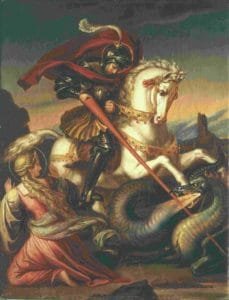
It should not be surprising that these ancient dragons did not resemble today’s image of a four-footed, winged, fire breathing lizard. The earliest dragons were often more snake-like (hence the reference to ‘worms’ in many myths) and often aquatic. Expanding my research out onto the Eurasian continent, I found a vast array of dragon types, large and small, to base my dragon world upon. The variable sizes of dragons alone gave rise to a whole new ‘what if.’ (Remember what I said about a writer saying ‘what if?’)
-What if there were two classes of dragons: major (big) dragons who were akin to the human ruling classes and minor (small) dragons who were much more numerous, but without say in the (Blue Order) government. These smaller dragons could interact with humans much more readily than the larger dragons, and might even live among them as friends and companions. That would certainly make for a greater range of storytelling and some fun characters. Hmmm … definitely worth exploring.
So what might these minor dragons look like?
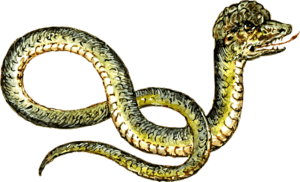
Searching a variety of European mythos provided a wealth small dragons. The gentle zaltys of Baltic mythology, that took the form of a snake and brought the blessings of fertility and prosperity to those who could tempt it to live with them, seemed a natural companion dragon. German and Slavic (and a few other) mythos provided the mischievous Puck, a household dragon that protects domestic animals, but who is apt to steal and hoard odd little treasures. (In Lithuania, they are called Kaukas and regarded as the patrons of blacksmiths.) So apparently, mythology agreed with me, household dragons were really a thing—who am I to argue?
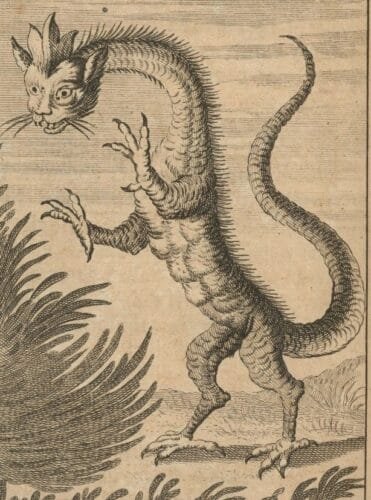
Things got even more interesting when I discovered the tatzelwurm. I wish I could take complete credit for those delightful creatures, but I can’t. It all started when I came across the Alpine myth of the tatzelwurm, a half-cat, half-serpent creature that moved by springing along on its tail. I never thought of a cat-dragon, but what could be better?

About the time I came across the tatzelwurm myth, we took in our son’s cat, a young polydactyl with a very distinct personality. Putting the two ideas together, my Regency era tatzelwurm sprang to life.
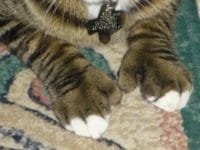
With thumb-toes to set it apart from true cats, and an insatiable desire for food he should not have, the entire species came to life. And when I needed to know what a tatzelwurm might do in any given situation, I just turn to my resident cat-dragon for answers. And yes, he is quite the character.
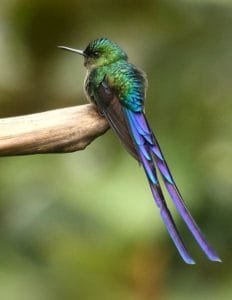
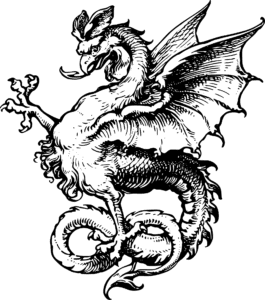
My dragon world did not seem complete without a host of bird-type dragons, similarly inspired by a combination of mythical beasts and real creatures. I love hummingbirds, so they were the natural go-to for the fairy dragons, who are near and dear to my heart. Falcons and similar birds of prey jumped up and insisted on being the model for the male cockatrice—a proud heraldic and mythical creature, sometimes (but not always) considered a class of dragon.
Since sexual dimorphism is a thing in real animals, the female of the species, the cockatrix needed a very special inspiration. So, I went poking about the avian world and discovered … (wait for it) … show chickens! No, I do not mean the kind that end up as drumsticks on your plate. These are birds of an entirely different feather.
(Groan, yeah I know, sorry. Terrible joke, but I had to.)
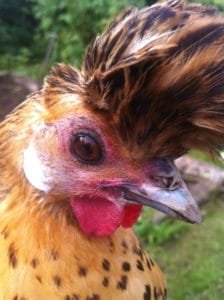
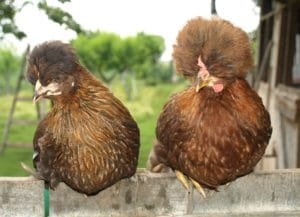
Show chickens are truly spectacular creatures. Just look at these guys! The feathers! The ruffs! That look! Is that not the very image of a creature who would live with Lady Catherine de Bourgh?
So, the Blue Order’s world was definitely populated with little dragons who lived alongside people, as well as the large, territory holding dragon types. But who were these enormous ruling-class creatures?
Of these large land dragons, clearly the traditional English drake (and closely related fire-breathing firedrake) would have to make up the largest part of the population. But what’s the fun in having only one kind of big dragon, especially when mythology provides so many fantastic options?
How about starting with the very anti-social basilisk, the king of snakes and reptiles. A savage destructive beast, it was said to be like a four-footed snake with a feathered crest resembling a crown. Hmmm, grumpy and antisocial, with delusions of grandeur? Now there’s great character and plot potential in that if I’ve ever seen it.
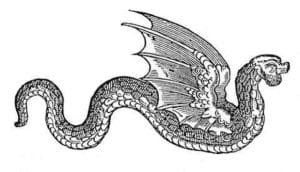
But if we’re going to have something huge, scary and ugly, there has to be something to balance that. What about the fabulous winged serpent, the amphithere? Known throughout the world by various names, perhaps the most famous is Quetzalcoatl in Latin America, where the name means ‘most precious serpent.’ What a candidate for a regal, if somewhat vain creature?
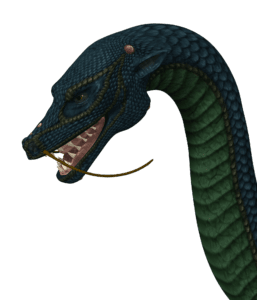
Of course wyrms would need to play a part as well, considering how many British myths related the wyrm of this place or that. Oh, and knuckers, the water dragons living in wells and wet holes, and wyverns with only two legs and wings, they had to join in to play.
It didn’t take long to populate Blue Order England with a vast array of dragon denizens. That done, one had to wonder (or at least I had to anyway) how do people and dragons interact? How might they be connected together in some inextricable way that would require the Blue Order to hold everything together in some very active sort of way?
Next week, we’ll take a trip back into mythology to look for some answers! Cue theme music: Tune in the same time next week for another episode of ‘Inspiring the Writer—Jane Austen’s Dragons!’
So what was the last time you found inspiration somewhere and what came of it? Tell me in the comments!
You can find previews of Jane Austen’s Dragons here:
Pemberley: Mr. Darcy’s Dragon
Netherfield: Rogue Dragon
____________________________________________________
Check out the Jane Austen’s Dragons series here:
Please use these affiliate links to support this author and this website.

Since the first book, I have been wondering where you found these dragons that populate the world. I should have known that research would again be your best friend–along with a “thumbed” cat in the household, LOL! 😉
All of these dragons, whether major dragons or merely the household variety, are fascinating!! I like the pucks the best!! I fell in love with sweet Talia especially! 🙂
I remember reading in some of our kids’ history and science books of reports of actual dragons in Europe and Central Asia as late as the 1500s. So many possibilities…I can see how your famous “what if?” questions can lead to such an amazing world as the one you created in the Jane Austen’s Dragons series!! 😀
Thank you so much for showing us the origin of this amazing world of dragons! I am very much looking forward to the next post on the origin of the Blue Order!! 😀
Warmly,
Susanne 🙂
P.S. One quick editorial note: two paragraphs are repeated above, and you may wish to edit this post to omit the second use of the following:
Of these large land dragons, clearly the traditional English drake (and closely related fire-breathing firedrake) would have to make up the largest part of the population. But what’s the fun in having only one kind of big dragon, especially when mythology provides so many fantastic options?
How about starting with the very anti-social basilisk, the king of snakes and reptiles. A savage destructive beast, it was said to be like a four-footed snake with a feathered crest resembling a crown. Hmmm, grumpy and antisocial, with delusions of grandeur? Now there’s great character and plot potential in that if I’ve ever seen it.
Thanks for catching that. Cut and paste problem when formatting the post!
We were at an aquarium / zooish thing last weekend & I’m fairly sure something that purported to be a Golden Pheasant from Asia was in fact Cait…
I just looked it up and i think you may be right!